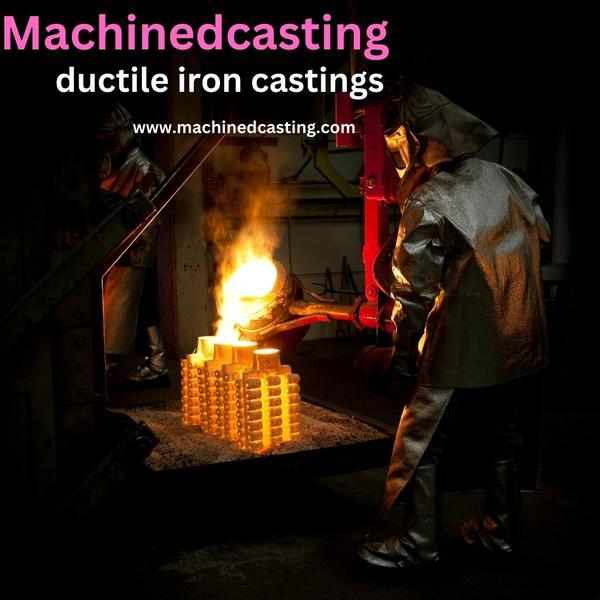Ductile iron castings represent a pivotal innovation in metallurgy, blending the robustness of cast iron with the malleability of steel. This alloy's exceptional properties have made it an indispensable material in various industries, from automotive and construction to infrastructure and manufacturing. Understanding the characteristics, production process, applications, and advantages of ductile iron castings is crucial for engineers, manufacturers, and professionals across multiple sectors.
Characteristics of Ductile Iron Castings: Ductile iron, also known as nodular or spheroidal graphite iron, exhibits remarkable mechanical properties. Its microstructure consists of graphite nodules dispersed throughout a matrix of ferrite and pearlite, offering superior tensile strength, impact resistance, and elongation. This unique combination of strength and ductility makes ductile iron castings highly suitable for applications requiring both toughness and machinability.
Production Process: The production of ductile iron castings involves several steps. Initially, high-purity iron is melted in a furnace and treated with specific alloys to promote the formation of graphite nodules. The molten metal is then poured into molds, often made of sand or other materials, and left to solidify. The controlled cooling process allows for the formation of the desired microstructure, ensuring the material's exceptional mechanical properties.
Advantages of Ductile Iron Castings:
- Strength and Durability: Ductile iron offers high tensile strength, impact resistance, and excellent wear characteristics, making it suitable for heavy-duty applications like gears, crankshafts, and machinery components.
- Cost-Effectiveness: Its versatility and machinability contribute to reduced machining costs, making ductile iron an economical choice for various industrial components.
- Corrosion Resistance: Ductile iron's inherent resistance to corrosion makes it ideal for use in water and wastewater systems, pipelines, and marine applications.
- Design Flexibility: The casting process allows for intricate and complex shapes, providing design engineers with flexibility in creating components tailored to specific requirements.
Applications of Ductile Iron Castings: Ductile iron finds applications across diverse industries, including automotive parts (engine blocks, crankshafts), construction (pipes, fittings), agriculture (tractor parts), and general machinery (valves, gears). Its versatility in applications stems from its ability to withstand high stress, impact loads, and harsh environments.
Conclusion: ductile iron castings have revolutionized the manufacturing landscape, offering a blend of strength, ductility, and cost-effectiveness. Understanding its production process, characteristics, advantages, and applications is crucial for leveraging its potential across various industries, ensuring durable and efficient components in numerous applications.


